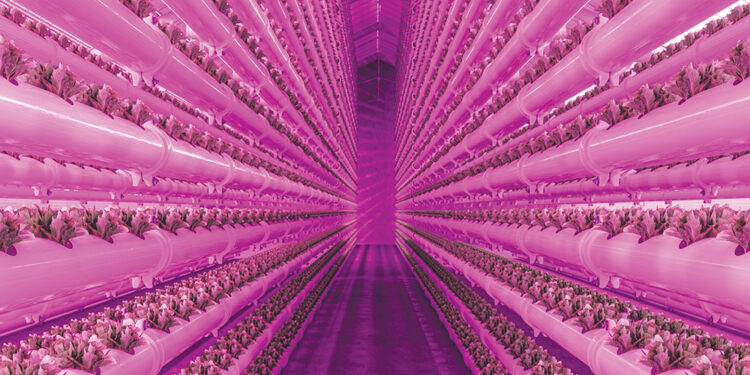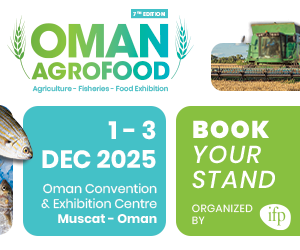For decades, food security has been largely taken for granted in developed nations, where well-stocked supermarket shelves and abundant ingredients from across the globe have been the norm. However, recent events—such as the COVID-19 pandemic’s disruption of global supply chains in 2020 and the ongoing food price inflation triggered by Russia’s invasion of Ukraine—have shattered this complacency.
Food security has now become a top priority for policymakers. Peter Bachmann, managing director for sustainable infrastructure at Gresham House, states, “Every policymaker I speak to recognizes that food security is probably the number one thing that we need to start to get a better handle on.”
While shortages are a pressing concern for Western nations, the Global South has long grappled with chronic food insecurity. According to the UN, in 2023, one in 11 people worldwide went hungry, with the figure rising to one in five in Africa. Yet, paradoxically, there is no global shortage of food; the world produces enough to meet nutritional needs. Instead, inefficiencies in distribution and massive food waste are the primary barriers.
Building Resilience through Innovation
Agriculture investors are taking steps to address these challenges and strengthen global food systems. Controlled environment agriculture, including vertical farms and advanced greenhouses, offers one promising solution. These innovations allow food to be grown closer to where it is consumed, reducing dependence on fragile global supply chains. Vertical farms also use significantly less water than traditional agriculture and often eliminate the need for pesticides.
Countries like the UAE and Singapore are at the forefront of vertical farming. For instance, the UAE’s Bustanica, the world’s largest vertical farm, supplies fresh produce to airline passengers, showcasing how these facilities can thrive even in arid climates.
In the UK, Gresham House’s investment in Fischer Farms highlights the potential for vertical farming to lower costs and boost output. Advances in LED lighting have dramatically reduced energy costs, making vertical-farmed produce increasingly competitive with field-grown crops. Fischer Farms can achieve up to 60 harvests annually for some crops, compared to just a few in traditional farming.
Bachmann is optimistic about the future of vertical farming, predicting that Britain could soon replace leafy green imports with domestically grown alternatives and eventually expand to soft fruits and even cereal crops.
Simple Solutions for Complex Problems
In contrast to the high-tech solutions embraced in wealthier countries, straightforward interventions can make a significant difference in the developing world. Addressing post-harvest food loss, for example, offers a major opportunity to improve food security.
Chris Wayne, head of agriculture investing at Acumen, notes that 40-50% of food produced in sub-Saharan Africa is lost post-harvest, primarily due to inadequate cold storage and processing infrastructure. Investments in simple technologies—such as storage bags, tarpaulins, and improved warehousing—can greatly reduce waste.
Acumen has also backed companies like Kenya’s FarmWorks, which provides farmers with inputs, aggregates their produce, and connects them directly to retailers. This reduces supply chain inefficiencies and minimizes food losses.
Attracting Investment in Emerging Markets
Encouraging private sector investment in agriculture across emerging markets remains a challenge due to perceived risks. Chris Wayne calls for greater commercial capital and supportive government policies to create a more conducive environment for investment. Blended finance models, which combine donor funding with traditional investment structures, are emerging as a potential solution to bridge this gap.
Wayne is optimistic that these efforts will help scale agricultural businesses and address food insecurity. He concludes, “We’re seeing foundational changes that could drive future commercial capital into this space.”
Conclusion
Food security is a multifaceted issue requiring both high-tech innovations and straightforward solutions tailored to local contexts. With a growing focus on reducing waste, shortening supply chains, and scaling sustainable farming practices, there is hope for building a resilient global food system that meets the nutritional needs of all.












































































